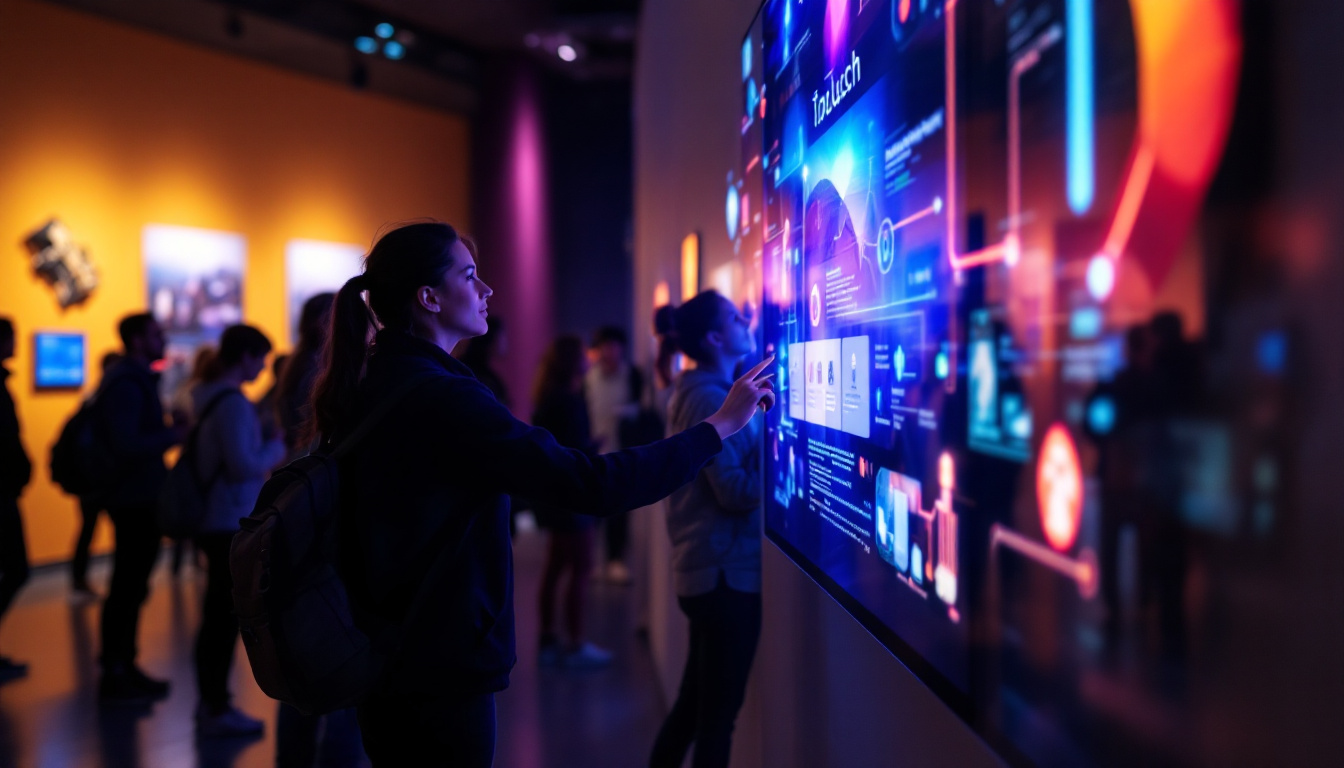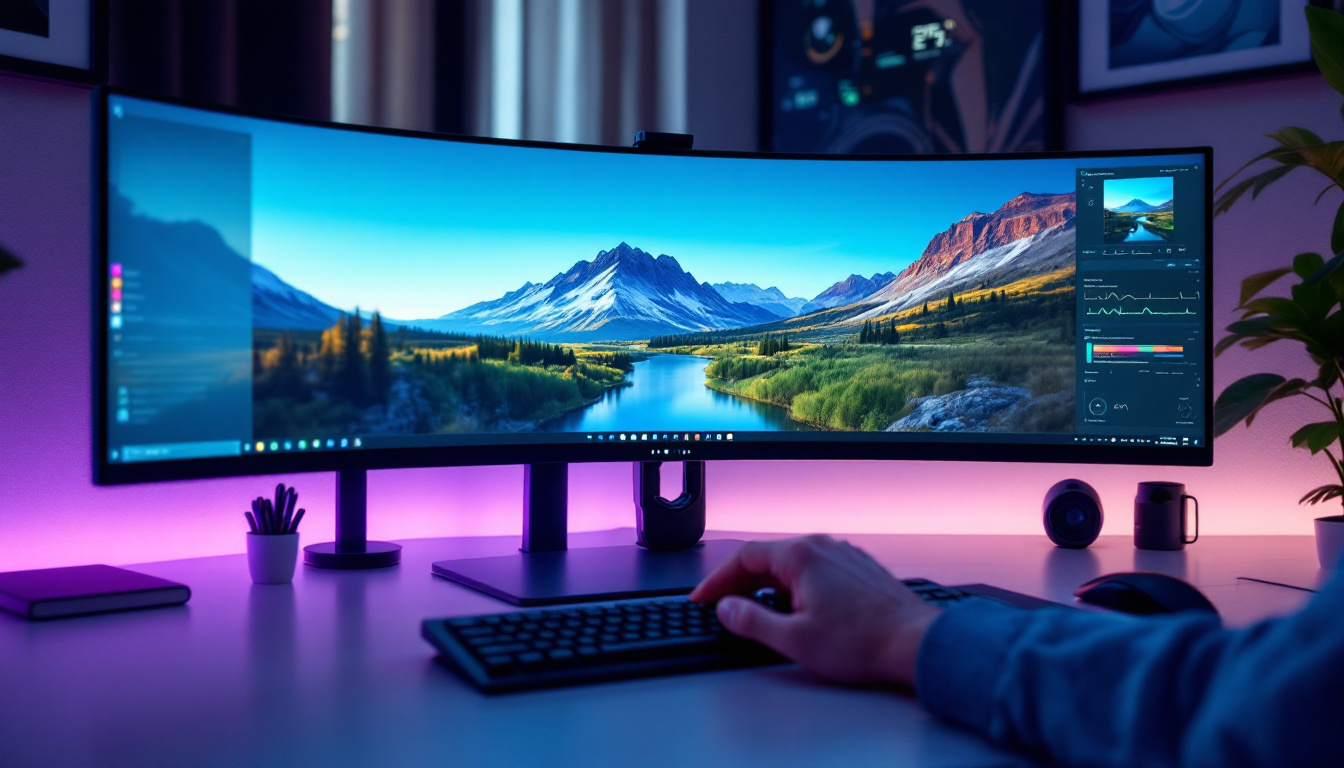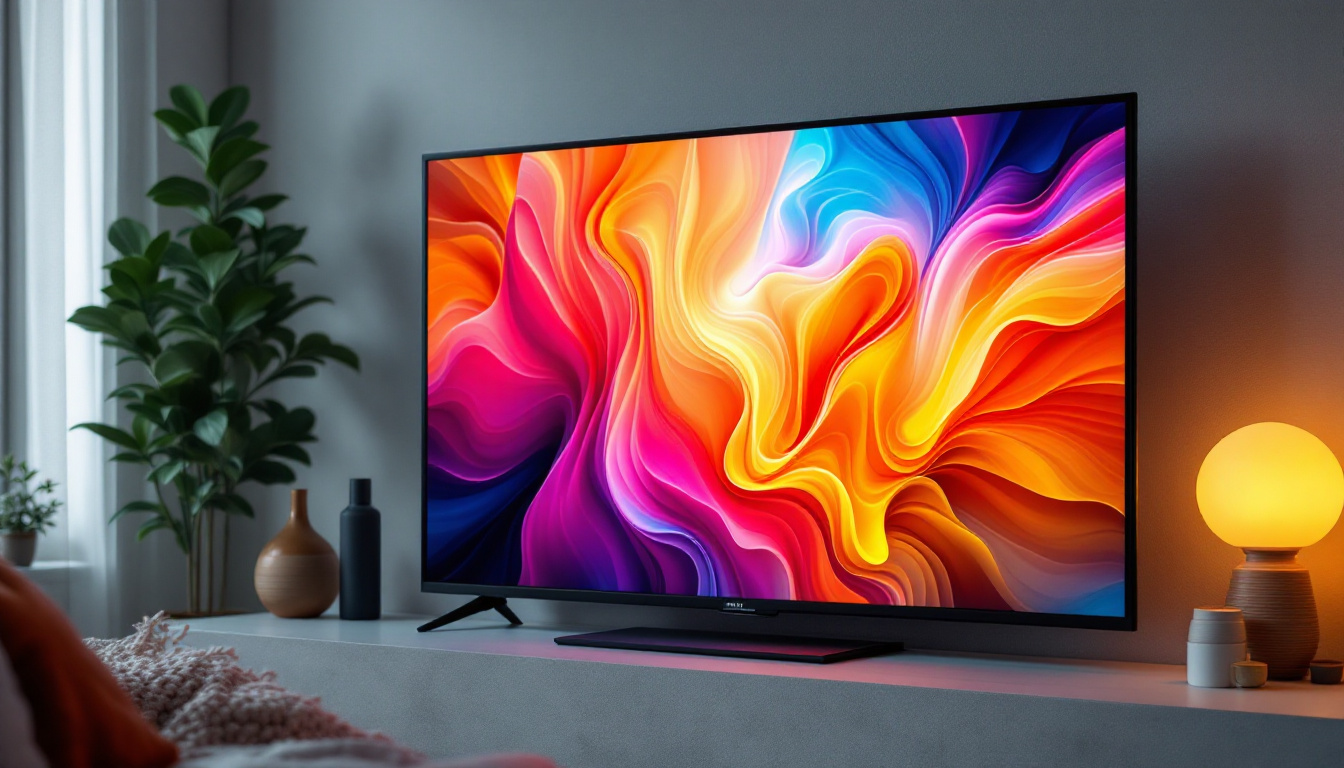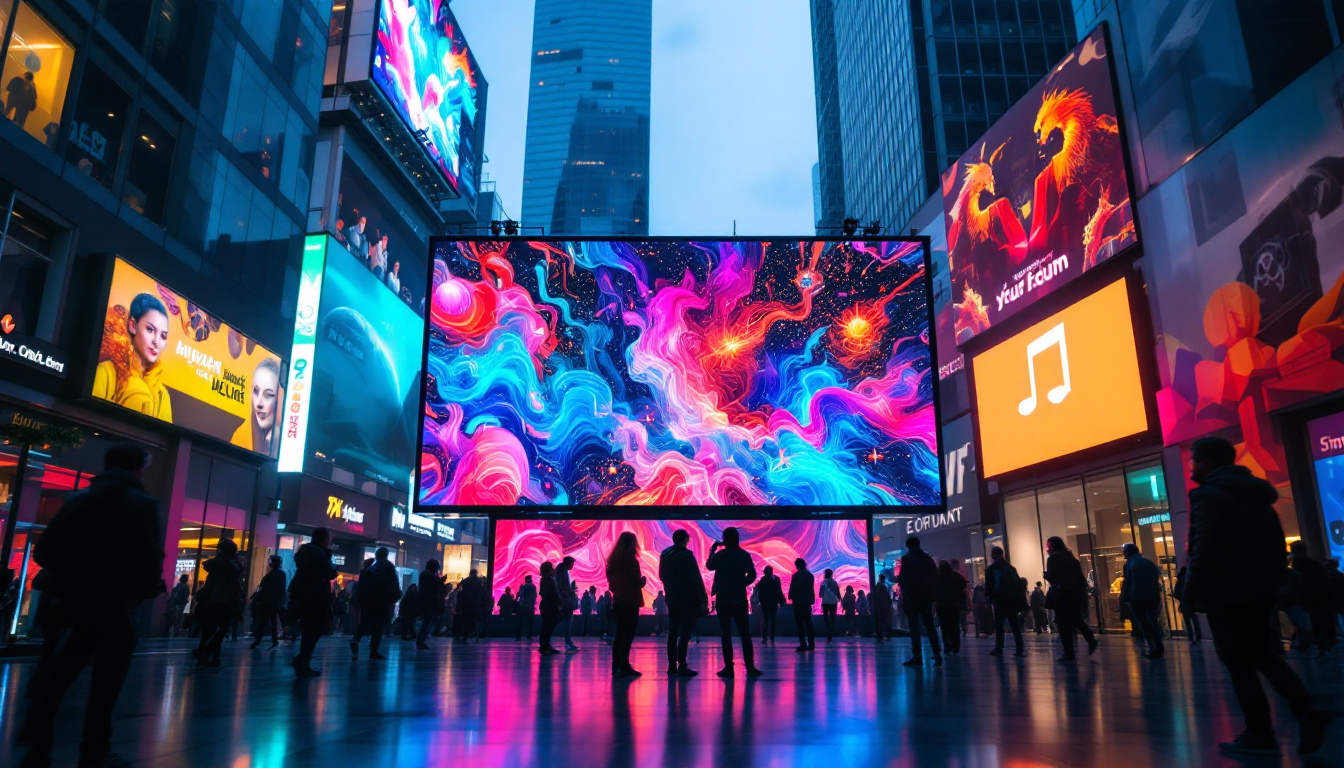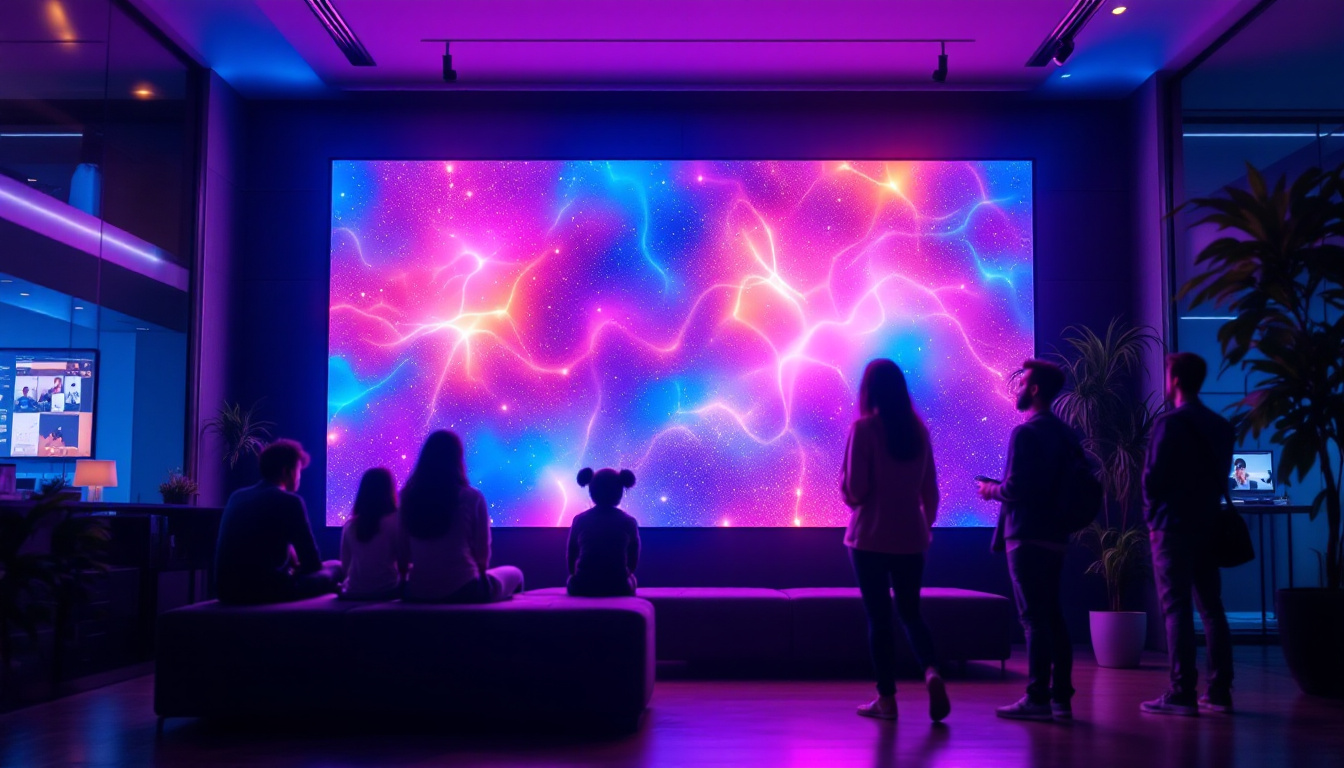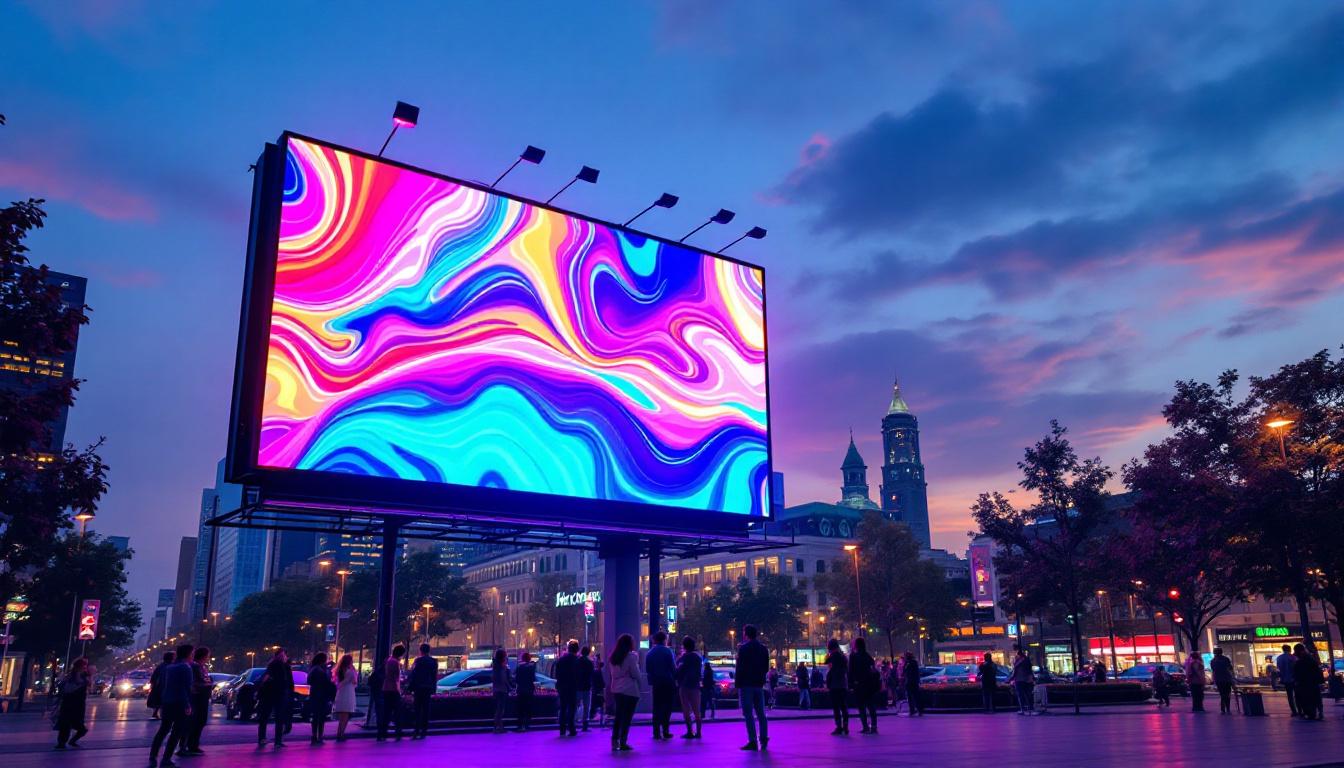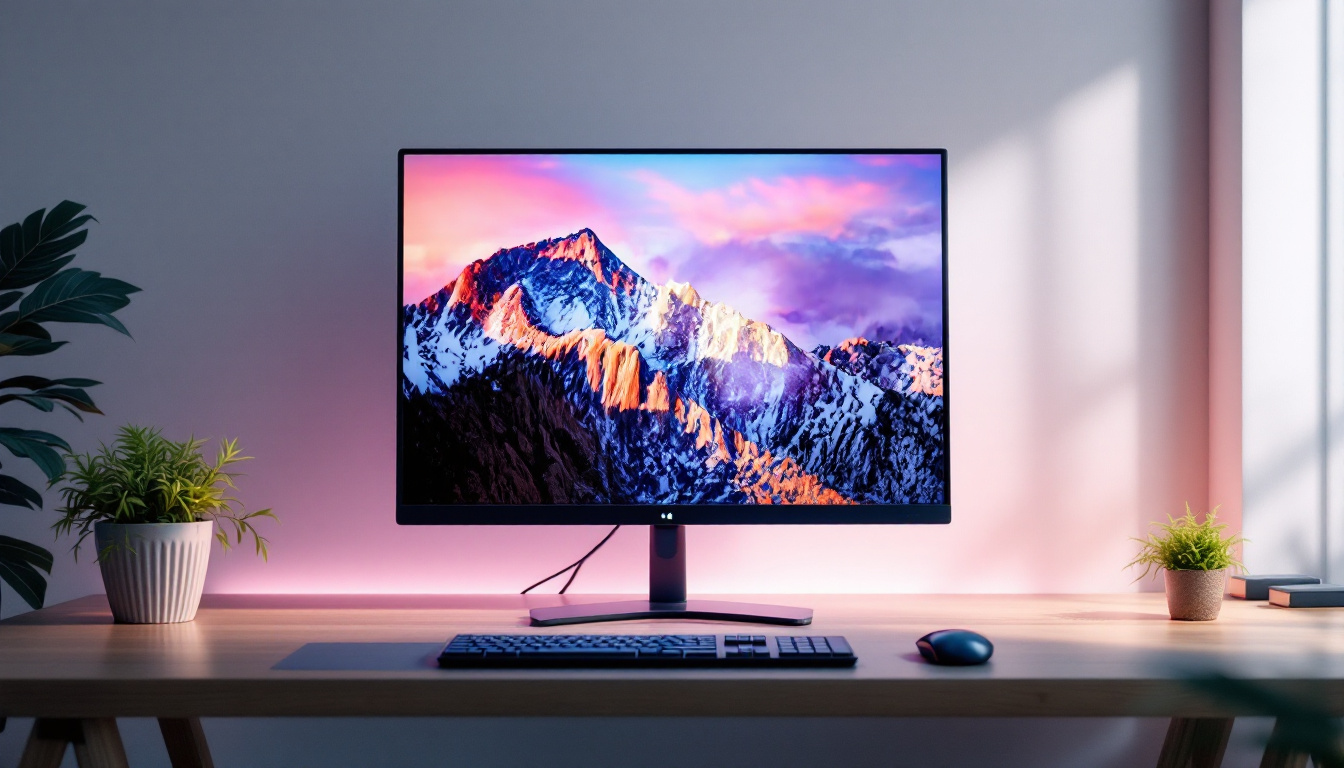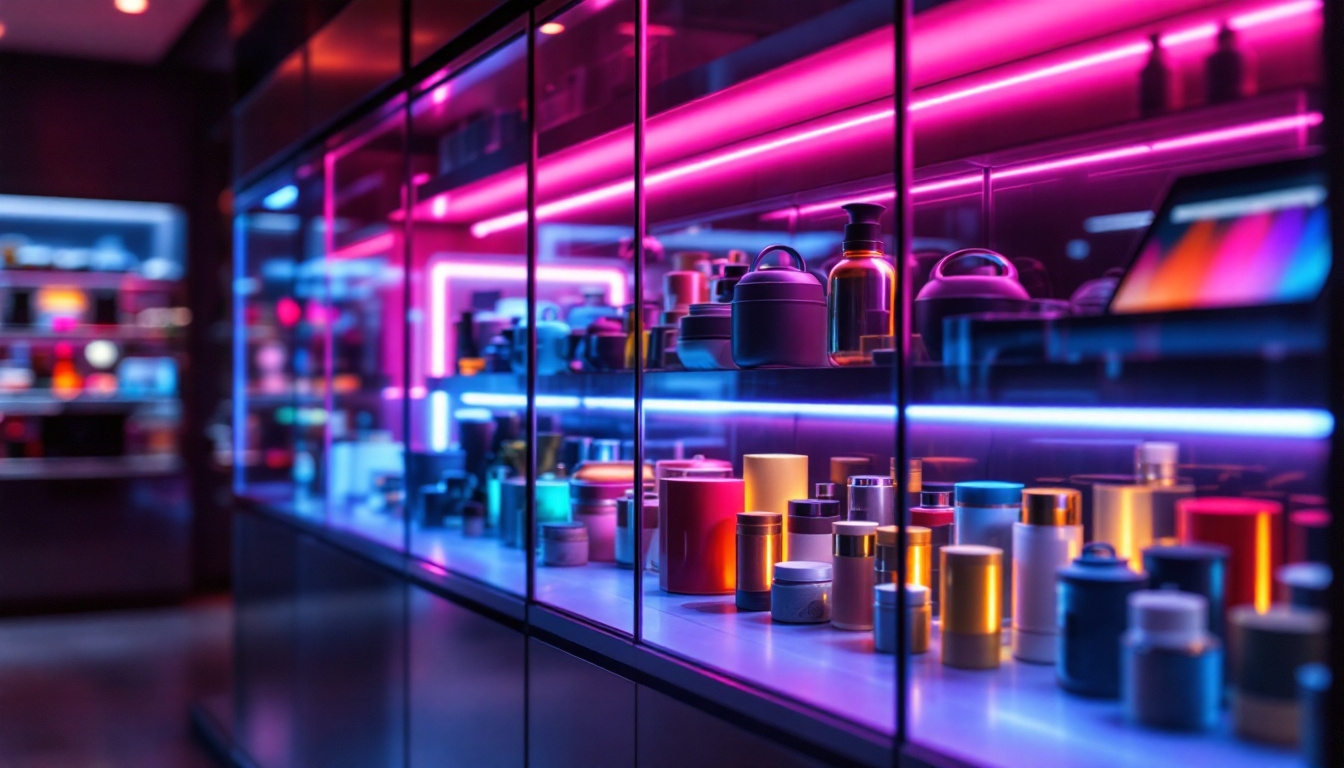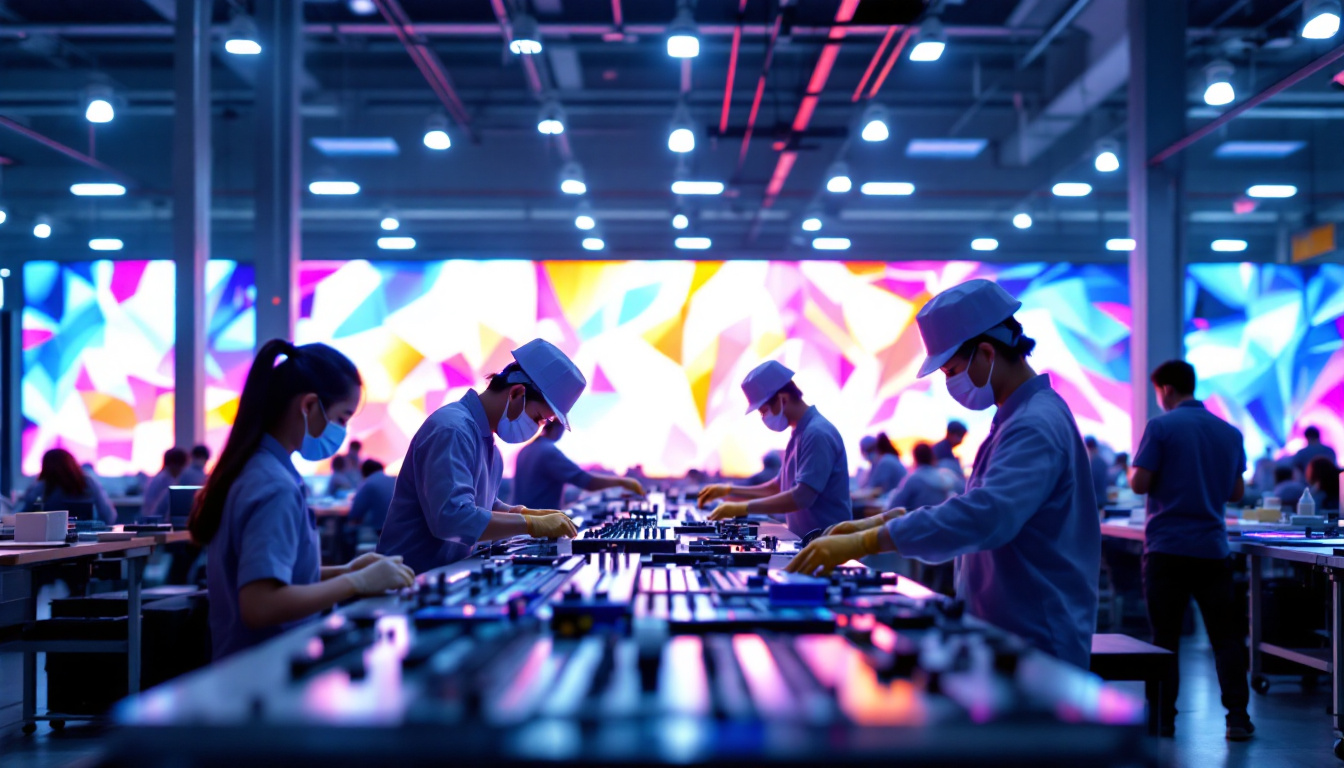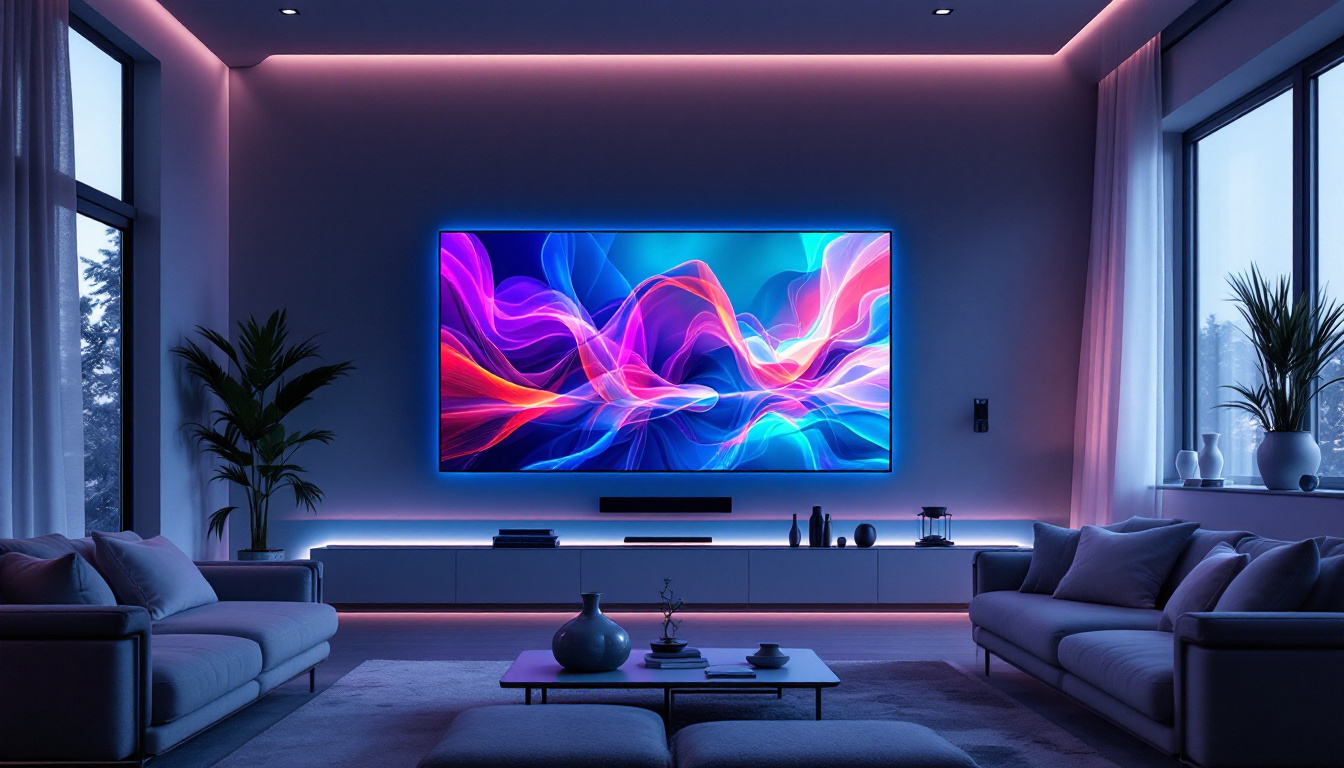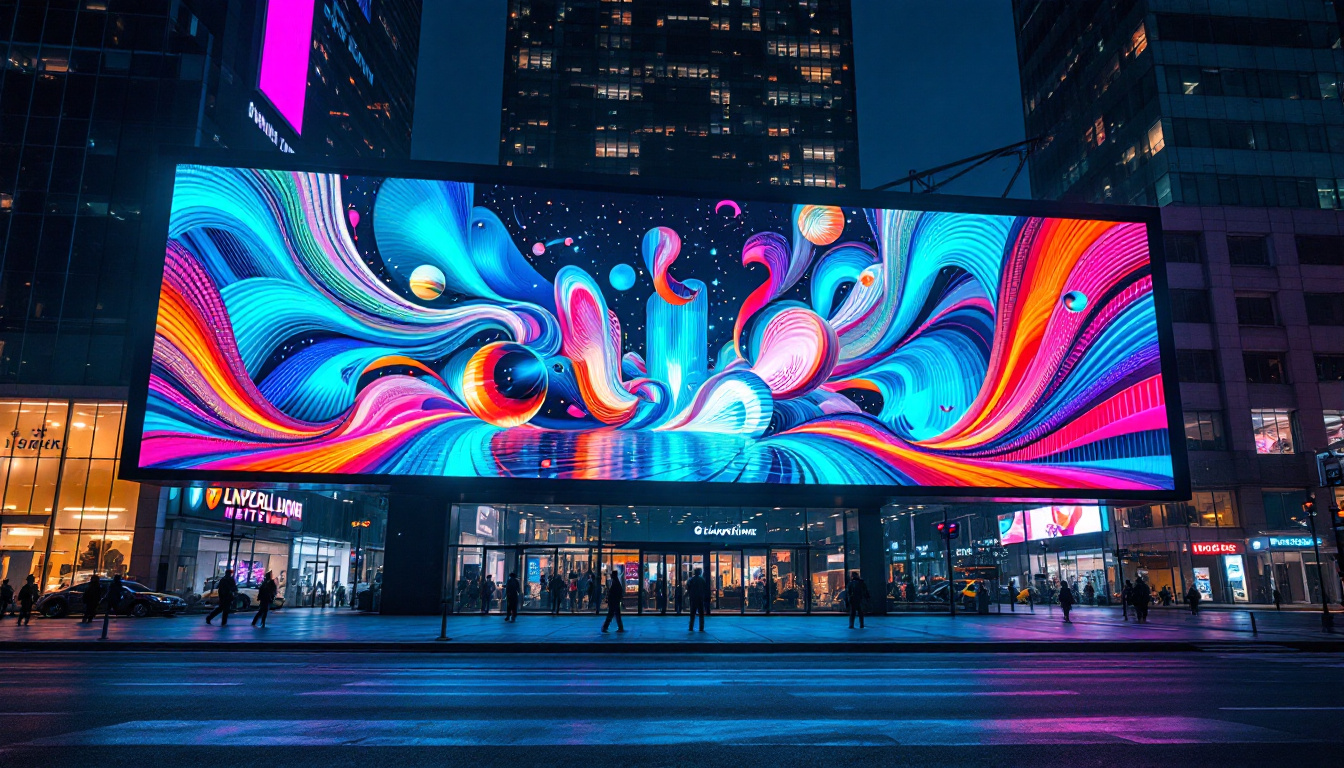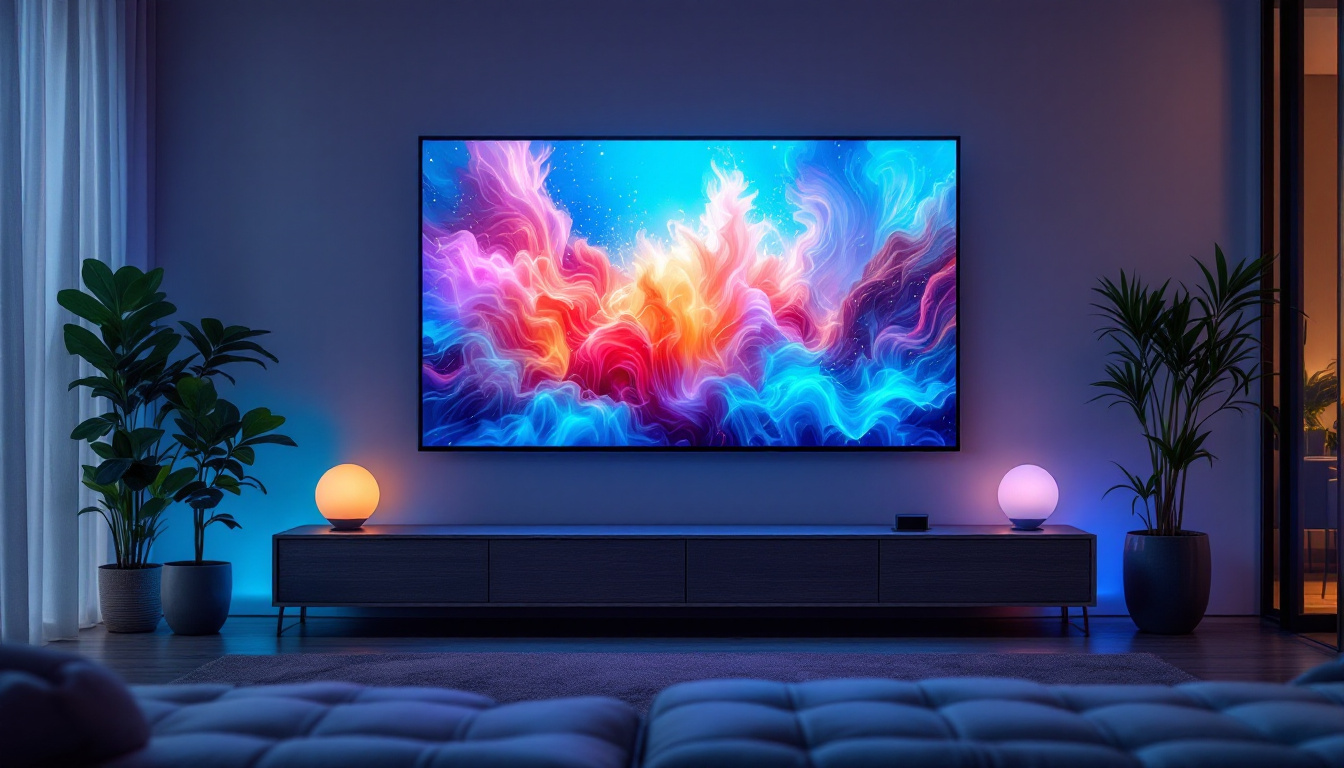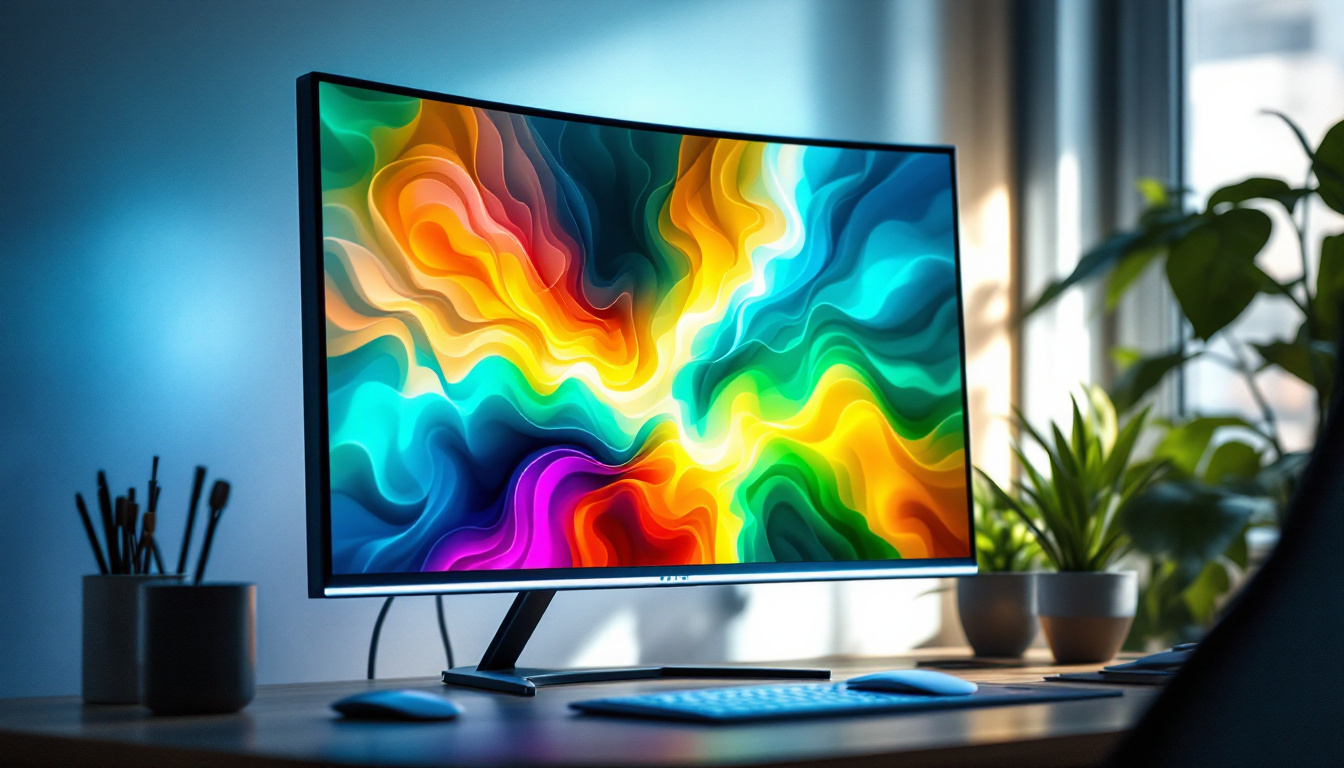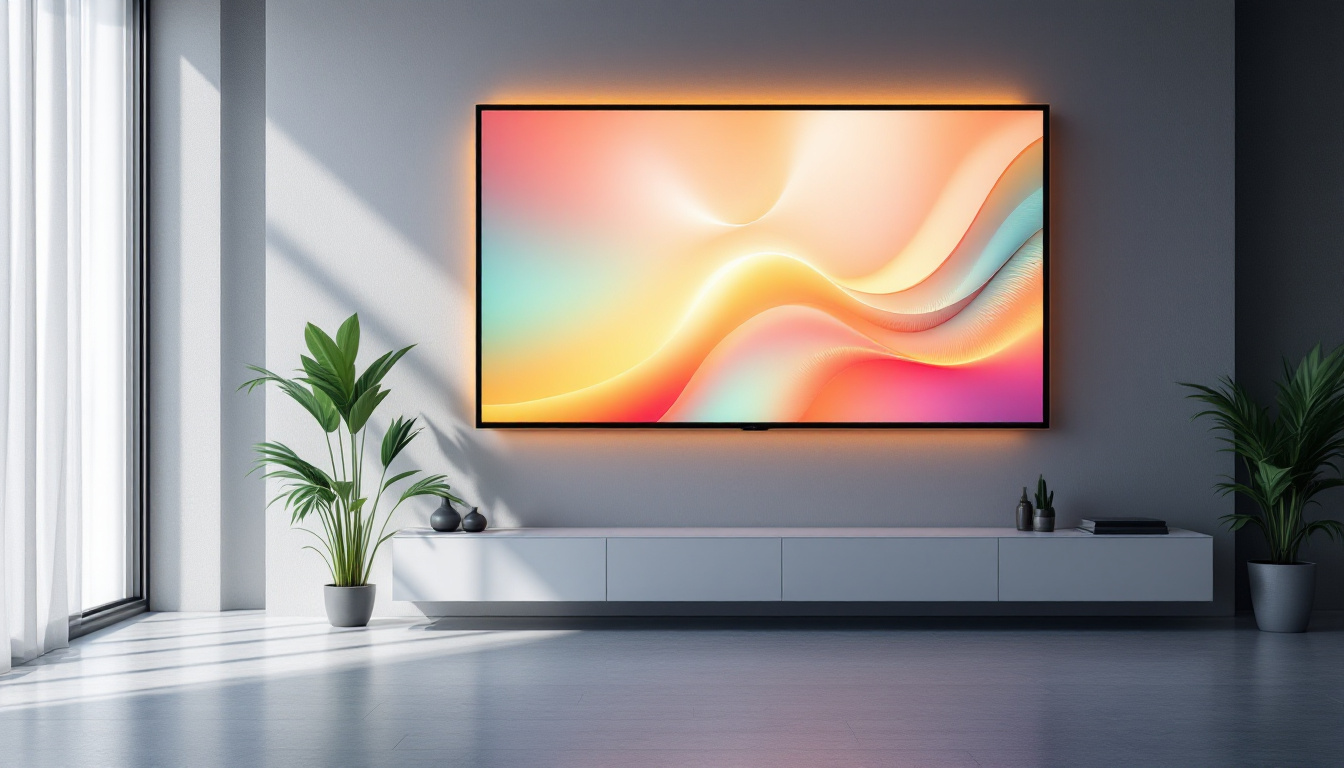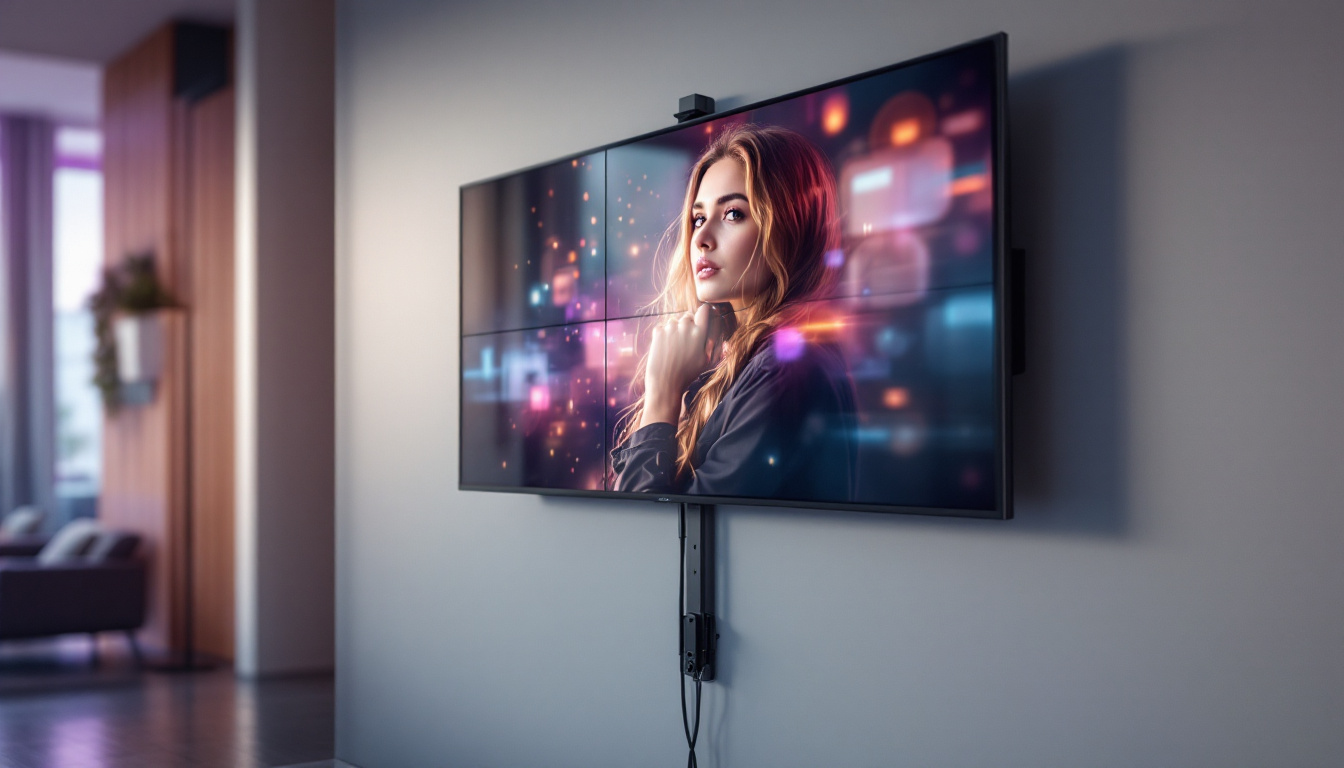In the realm of museums and exhibitions, technology plays a pivotal role in enhancing visitor engagement and education. One of the most transformative innovations in this space is the touch screen display, particularly those utilizing LED technology. These displays not only serve as interactive information points but also as dynamic art pieces that can captivate audiences. This article delves into the intricacies of museum touch screen displays, focusing on LED technology and its myriad applications in the cultural sector.
Understanding LED Technology
Light Emitting Diodes (LEDs) have revolutionized the way visual content is displayed. Unlike traditional display technologies, LEDs offer several advantages that make them particularly suitable for museum environments.
What is LED Technology?
LED technology involves the use of semiconductor devices that emit light when an electric current passes through them. This process is highly efficient, resulting in lower energy consumption and longer lifespans compared to conventional lighting methods. In the context of displays, LEDs can produce vibrant colors and sharp images, making them ideal for showcasing artwork and historical artifacts. Furthermore, the compact nature of LED components allows for innovative display designs, including curved and flexible screens, which can enhance the aesthetic appeal of exhibitions.
Advantages of LED Displays
One of the primary benefits of LED displays is their brightness. Museums often have varying lighting conditions, and LED screens can maintain visibility even in well-lit environments. Additionally, they offer wide viewing angles, ensuring that visitors can see the content clearly from different positions. This adaptability is crucial in a museum setting, where the layout may encourage visitors to view displays from multiple vantage points.
Another significant advantage is the durability of LED displays. Unlike traditional screens that may suffer from burn-in or require frequent maintenance, LED technology is robust and can withstand the rigors of a busy museum setting. This reliability translates to lower operational costs over time. Moreover, many LED displays come equipped with advanced features such as automatic brightness adjustment and color calibration, ensuring that the visual experience remains consistent and engaging throughout the day. These features not only enhance the visitor experience but also protect sensitive artworks from potential damage caused by improper lighting conditions.
Additionally, LED technology supports a range of interactive applications, allowing museums to create immersive experiences for their visitors. Touch-sensitive LED panels can enable guests to explore detailed information about exhibits, engage with multimedia content, or even participate in interactive displays that bring history to life. This interactivity not only enriches the educational value of the exhibits but also encourages deeper engagement, making the museum visit a more memorable experience.
Applications of Touch Screen Displays in Museums
Touch screen displays have become integral to modern museum experiences. They serve various purposes, from providing information to enhancing interactivity. Here are some of the most common applications.
Interactive Exhibits
One of the most exciting uses of touch screen displays is in interactive exhibits. These displays allow visitors to engage with the content actively. For instance, a touch screen might enable users to explore a digital archive of artifacts, zooming in on details or accessing additional information about specific items.
Such interactivity not only enriches the visitor experience but also encourages deeper learning. By allowing individuals to control their exploration, museums can cater to diverse learning styles and preferences. Furthermore, these interactive exhibits can include gamified elements, where visitors can earn points or badges for completing challenges related to the exhibits. This not only makes the learning process more enjoyable but also motivates visitors to explore more of the museum.
Wayfinding and Navigation
Large museums can be daunting for visitors, especially those unfamiliar with the layout. Touch screen displays can serve as digital maps or wayfinding tools, helping guests navigate through exhibits and find points of interest. These displays can provide real-time information about current exhibitions, guiding visitors to their desired locations.
Moreover, integrating wayfinding with touch screen technology can enhance accessibility. Features such as audio descriptions or visual aids can assist those with disabilities, ensuring that all visitors have a positive experience. Additionally, some museums have started implementing augmented reality features, where visitors can point their devices at certain areas to receive enhanced navigation assistance, making the journey through the museum not just easier, but also more engaging.
Educational Tools
Educational programs are a cornerstone of many museums, and touch screen displays can significantly enhance these initiatives. Interactive quizzes, games, and multimedia presentations can be designed to engage visitors of all ages. For example, a touch screen could feature a timeline of historical events, allowing users to interactively explore different periods.
By incorporating educational tools into the museum experience, institutions can foster a love for learning and encourage visitors to retain information long after their visit. Additionally, some museums have begun to collaborate with educational institutions to create curriculum-aligned content that teachers can utilize before or after a field trip, ensuring that the museum visit is not just a standalone experience but part of a larger educational journey. This approach not only enriches the visitor experience but also strengthens the museum’s role as an essential educational resource in the community.
Design Considerations for Museum Touch Screen Displays
While the technology behind touch screen displays is impressive, the design and implementation of these systems in a museum setting require careful consideration. A well-designed display can significantly enhance the visitor experience.
User Interface and Experience
The user interface (UI) of a touch screen display is critical. It must be intuitive and user-friendly, allowing visitors of all ages and technological backgrounds to navigate with ease. Clear icons, concise instructions, and engaging visuals can make a significant difference in how visitors interact with the display.
Additionally, the overall user experience (UX) should be seamless. This includes ensuring that the touch response is quick and accurate, minimizing any frustration that might arise from lagging or unresponsive screens. Regular testing and feedback from users can help refine the interface. To further enhance the UX, museums might consider incorporating accessibility features, such as voice commands or haptic feedback, to cater to visitors with disabilities. This not only broadens the audience but also fosters an inclusive environment where everyone can enjoy the exhibits without barriers.
Content Management
Content is at the heart of any touch screen display. Museums must curate and manage this content effectively to keep it relevant and engaging. Regular updates can ensure that information remains current, particularly for temporary exhibits or special events.
Moreover, multimedia content such as videos, animations, and interactive elements can enhance the storytelling aspect of the displayed information. A well-rounded content strategy can keep visitors engaged and encourage repeat visits. In addition to traditional text and images, integrating augmented reality (AR) features can provide an immersive experience, allowing visitors to see historical artifacts in their original context or explore 3D models of ancient structures. Such innovative approaches can transform a simple display into a captivating journey through time, making the learning experience not just informative but also memorable.
Challenges and Solutions
Despite the numerous advantages of touch screen displays, museums may face challenges in their implementation and maintenance. Addressing these challenges proactively can lead to a more successful integration of technology into the museum experience.
Technical Issues
Technical issues such as software malfunctions or hardware failures can disrupt the visitor experience. To mitigate these risks, museums should invest in high-quality equipment and establish a robust maintenance plan. Regular software updates and hardware checks can help prevent issues before they arise.
Additionally, having on-site technical support can ensure that any problems are resolved quickly, minimizing downtime and maintaining visitor satisfaction.
Visitor Engagement
While touch screen displays can enhance interactivity, there is a risk that visitors may become disengaged if the content is not compelling. To combat this, museums should focus on creating engaging and relevant content that resonates with their audience.
Incorporating feedback mechanisms, such as surveys or interactive polls, can provide valuable insights into visitor preferences. This information can guide future content development and ensure that displays remain fresh and engaging.
Future Trends in Museum Touch Screen Displays
The landscape of museum technology is continually evolving, and touch screen displays are no exception. Emerging trends indicate a shift towards even more immersive and interactive experiences.
Augmented Reality Integration
Augmented reality (AR) is becoming increasingly popular in museums, allowing visitors to experience exhibits in new and exciting ways. By integrating AR with touch screen displays, museums can provide layered information that enhances the physical artifacts on display.
For example, a visitor could point their device at a painting, and the touch screen could provide additional context, such as the artist’s background or the historical significance of the piece. This fusion of digital and physical experiences can create a more enriching visit.
Artificial Intelligence and Personalization
Artificial intelligence (AI) is poised to transform the way museums interact with their visitors. By leveraging AI, museums can create personalized experiences based on visitor preferences and behaviors. Touch screen displays could offer tailored content recommendations, enhancing the overall engagement.
For instance, if a visitor shows interest in a particular artist, the display could suggest related exhibits or upcoming events. This level of personalization can make each visit unique and memorable.
Conclusion
Museum touch screen displays utilizing LED technology represent a significant advancement in how cultural institutions engage with their audiences. By providing interactive and informative experiences, these displays not only enhance visitor satisfaction but also promote learning and exploration.
As technology continues to evolve, museums must remain adaptable, embracing new innovations to stay relevant in an increasingly digital world. By focusing on user experience, content management, and emerging trends, museums can ensure that their touch screen displays remain effective tools for education and engagement.
Ultimately, the integration of touch screen displays in museums is not just about technology; it’s about creating meaningful connections between visitors and the rich stories that museums have to tell.
Discover LumenMatrix’s Innovative LED Display Solutions
Ready to transform your museum’s visitor experience with the latest in LED display technology? LumenMatrix is at the forefront of creating immersive environments that captivate and educate audiences. From interactive indoor walls to stunning outdoor displays, our range of solutions, including specialized options like Vehicle LED Displays, LED Sports Displays, and Custom LED Displays, are designed to bring your exhibits to life. Embrace the future of museum storytelling with LumenMatrix’s cutting-edge solutions. Check out LumenMatrix LED Display Solutions today and see how we can help you create unforgettable visual experiences.

